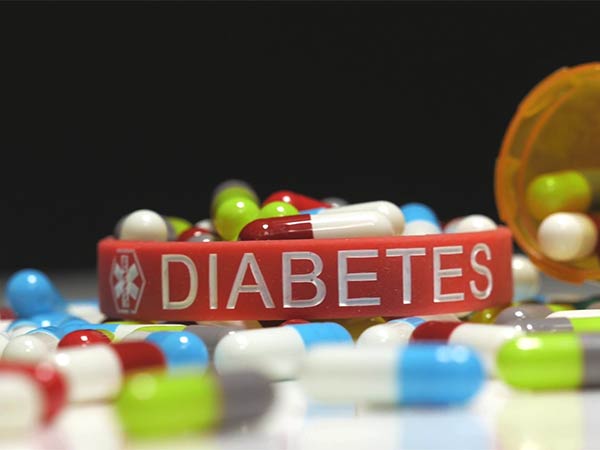Diabetes medications masking surgical complication
A new class of diabetes medications is masking the potentially dangerous condition of ketoacidosis at the time of surgery. Testing for acid load in the blood of diabetes sufferers who are taking gliflozin medications is needed in order to avoid complications associated with ketoacidosis.
 A study published in the British Journal of Anaesthesia found 42 cases of people with diabetes who presented for various surgeries, while taking gliflozin medications, experienced ketoacidosis while their blood sugar level was normal.
A study published in the British Journal of Anaesthesia found 42 cases of people with diabetes who presented for various surgeries, while taking gliflozin medications, experienced ketoacidosis while their blood sugar level was normal.
“Euglycaemic ketoacidosis is deceiving and likely to be missed easily as it presents with near or low-normal blood sugars,” says Dr Venkatesan Thiru, Senior Clinical Lecturer, the University of Adelaide.
“Gliflozin medications are being increasingly used to protect people against heart and kidneys diseases. They work in the kidneys to excrete excess sugar in diabetic patients’ urine.
“The condition may happen in the lead-up to surgery when patients cannot eat and drink normally.
“It is difficult to recognize euglycaemic ketoacidosis as blood sugar levels are usually normal.”
Diabetic ketoacidosis is a serious complication when the body does not have enough insulin and can’t use sugar to generate energy. Instead, the body uses fat to produce energy and this process leads to accumulation of acids called ketones in the body. Blood sugar levels are always high with this ketone build-up which is called diabetic ketoacidosis. If this problem is not treated, it can lead to coma and death. It is likely to happen with severe infection, loss of hydration, illness or during surgery.
“Euglycaemic ketoacidosis can happen in people with both type 1 and type 2 diabetes. Unless special tests are done to assess the acid load in the body, clinicians can miss this complication. The symptoms are similar to other events during and after surgery such as mild acid build up, vomiting and abdominal pain,” says Dr Thiru.
“Failure to identify and treat this condition can result in unnecessary tests looking for other medical and surgical problems after surgery.
“In the 42 cases identified in the study, euglycaemic ketoacidosis occurred within a few hours after surgery and up to a few weeks after their operation. Changes in patients’ diabetes medications, diet and illnesses were found to be responsible.
“Patients who undertake weight reduction surgery when they are on a special diet program are at an increased risk of experiencing this complication.
“Extra vigilance is the key in reducing this complication and patients should be educated about this. Care givers should ask for acid load to be tested by checking for blood ketone levels. The good news is that some of the latest blood glucose home monitoring kits can also test for acid build up.
“While the rate of this incident occurring in diabetic patients having surgery is unknown at this stage, our team is embarking on a study to assess the ongoing risk,” says Dr Thiru.
Source: The University of Adelaide
Full bibliographic information
Perioperative diabetic ketoacidosis associated with sodium-glucose co-transporter-2 inhibitors: a systematic review
Venkatesan Thiruvenkatarajan, Emily Jane Meyer, Nagesh Nanjappa, Roelof M.Van Wijk, David Jesudason
British Journal of Anaesthesia, July 2019

